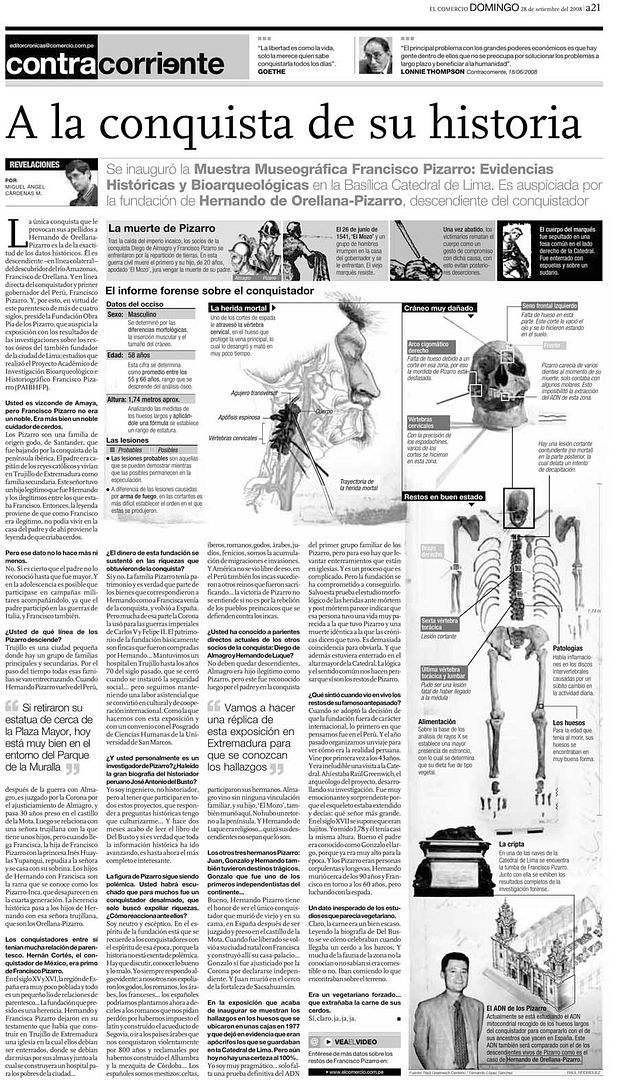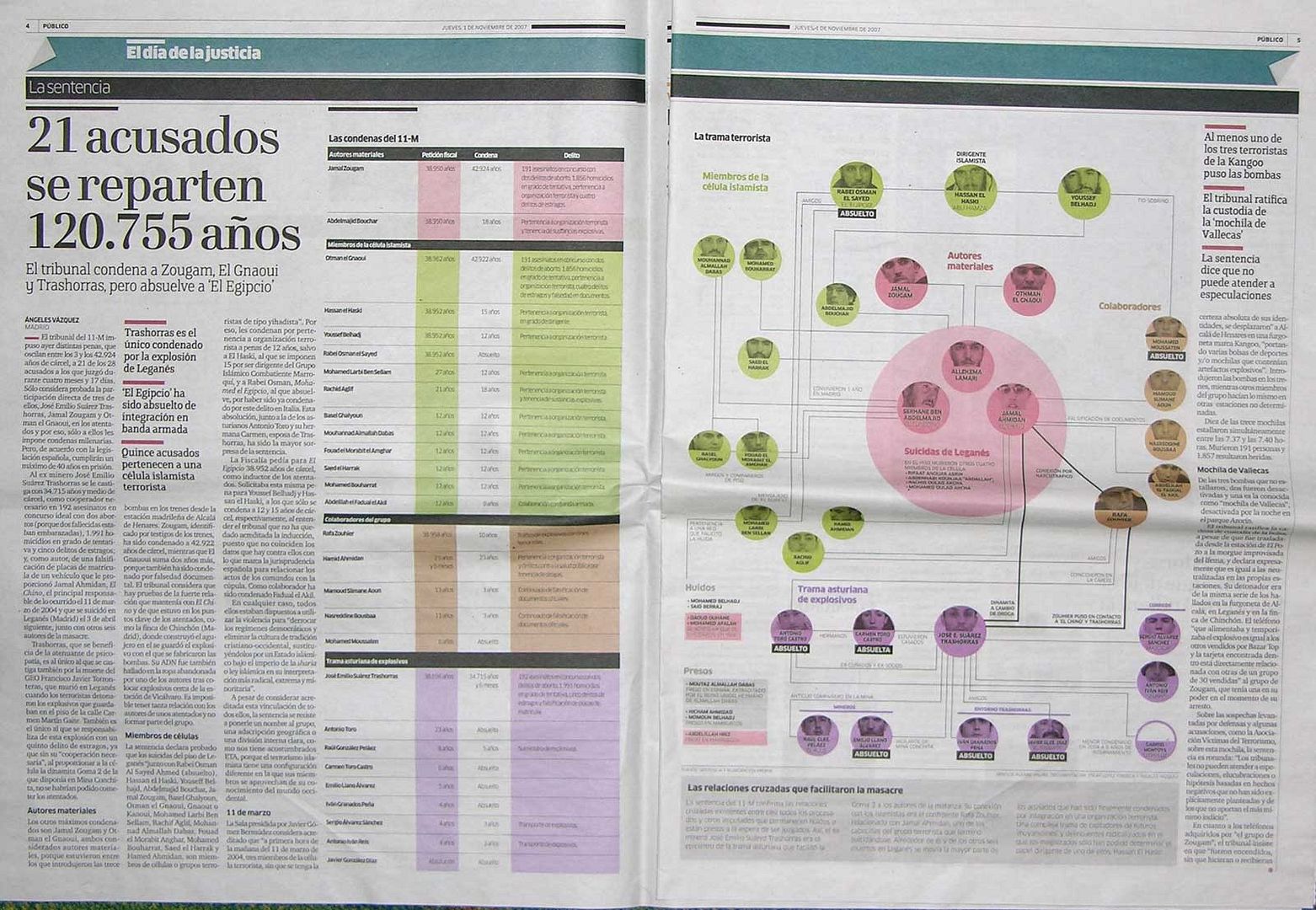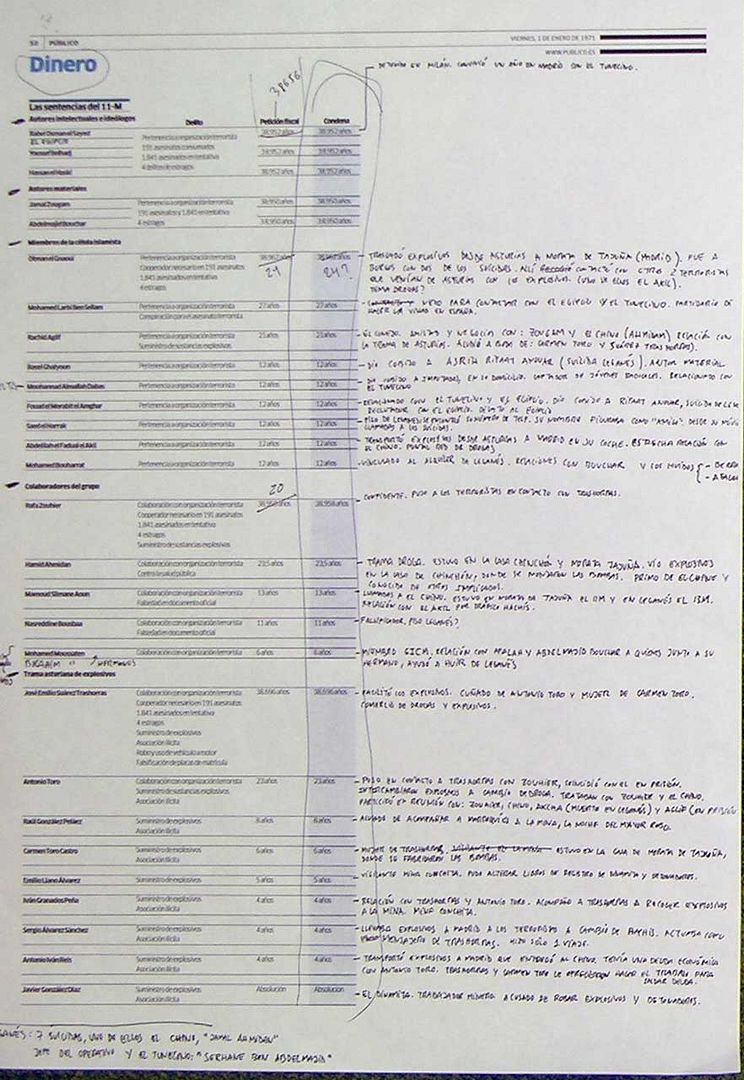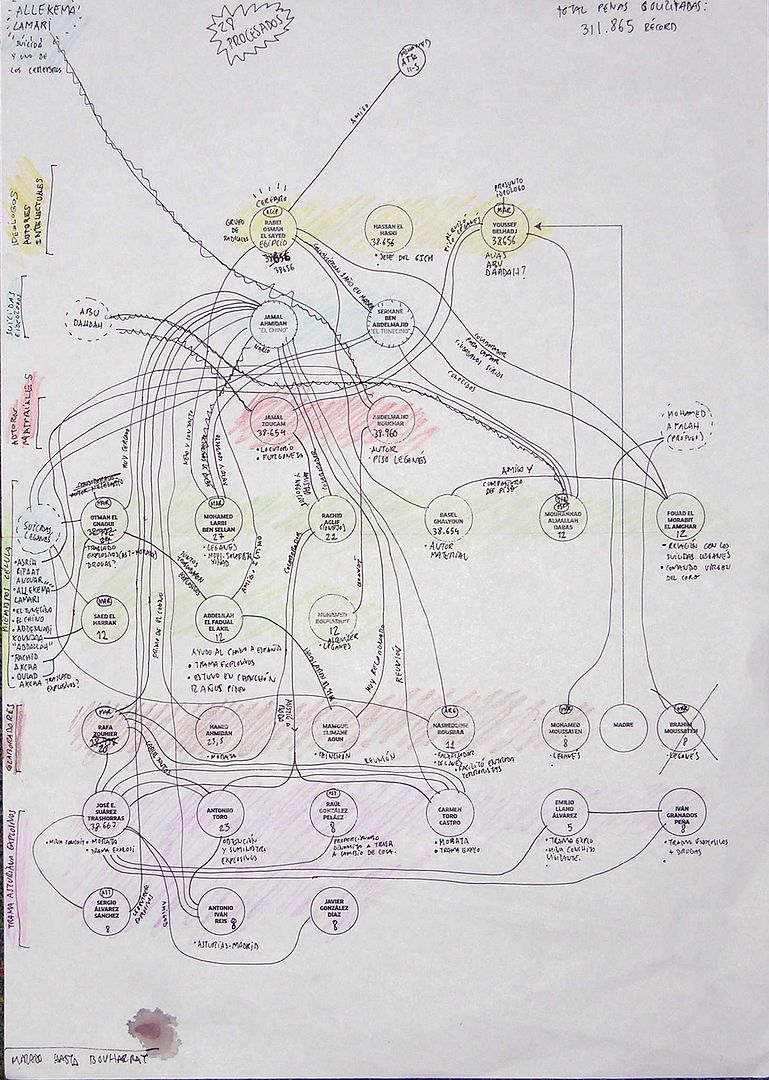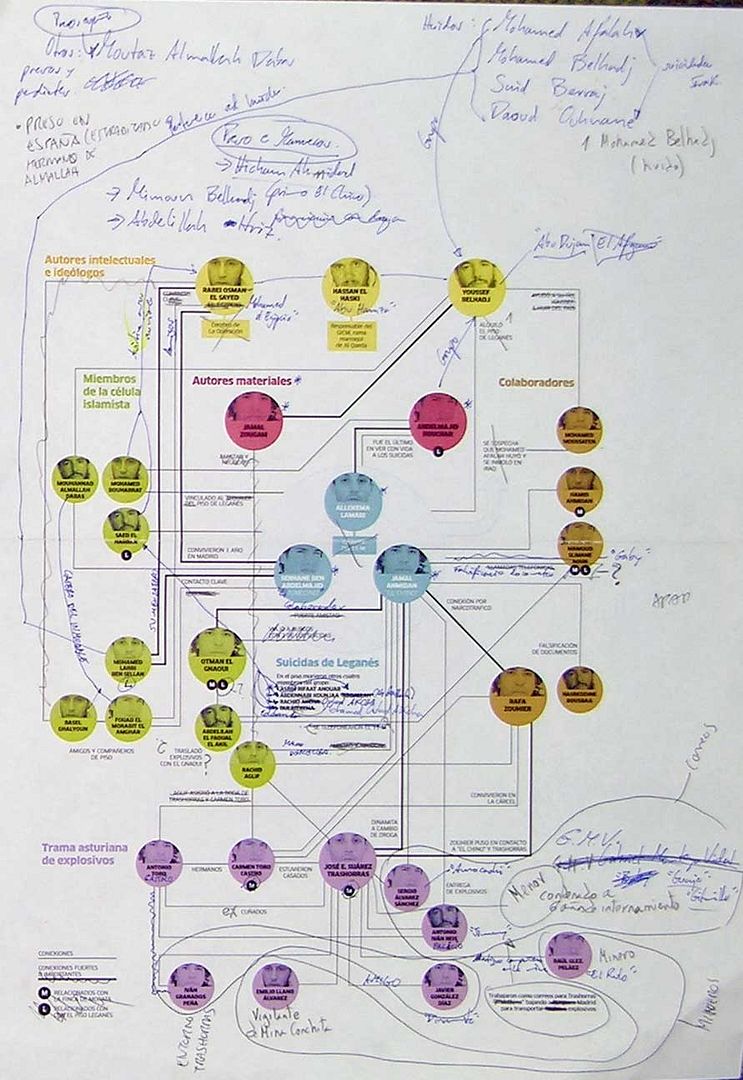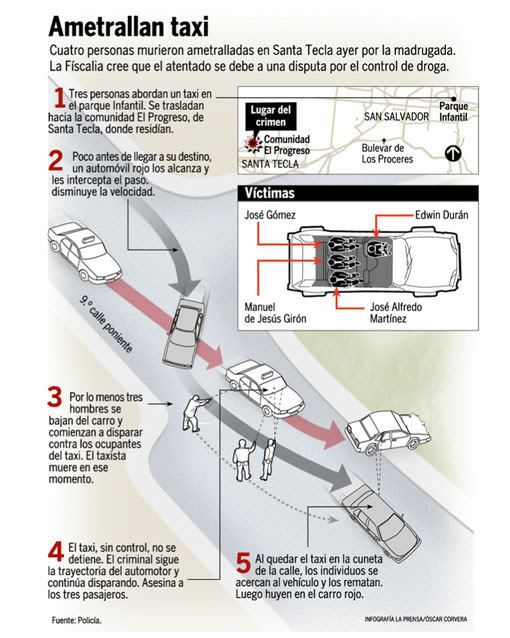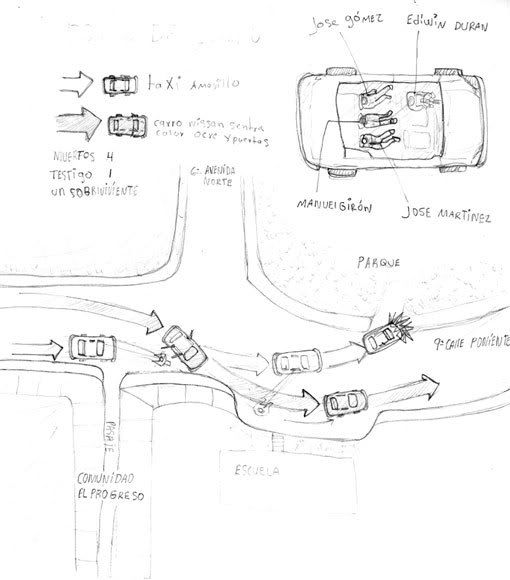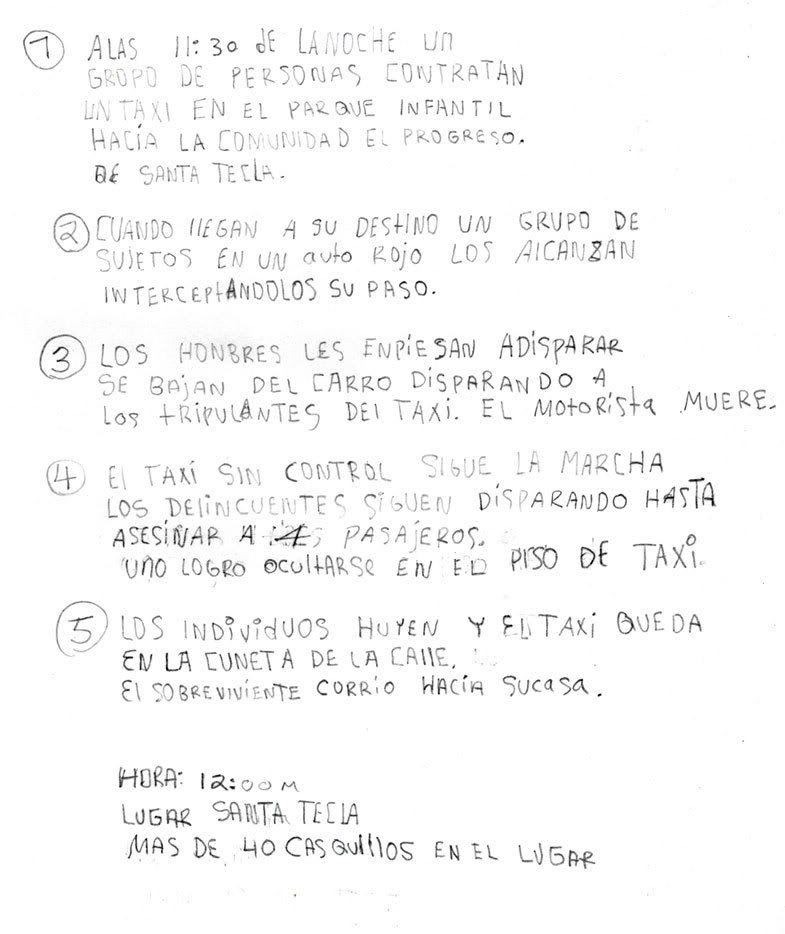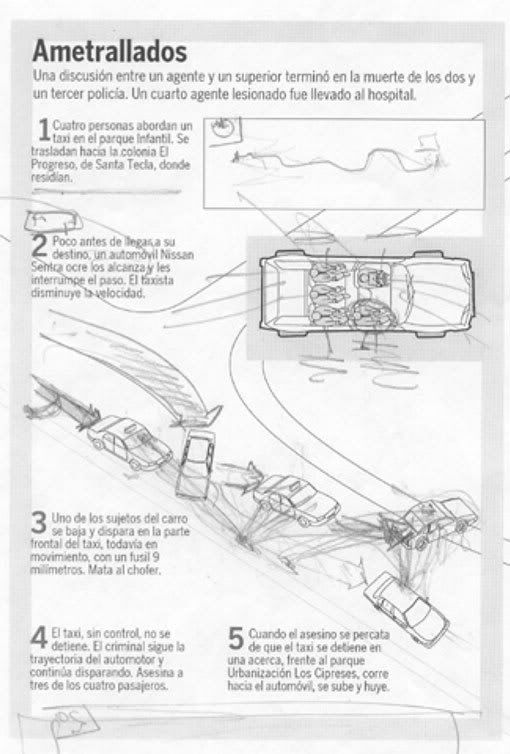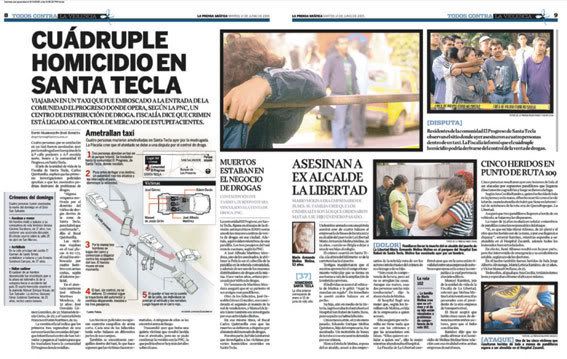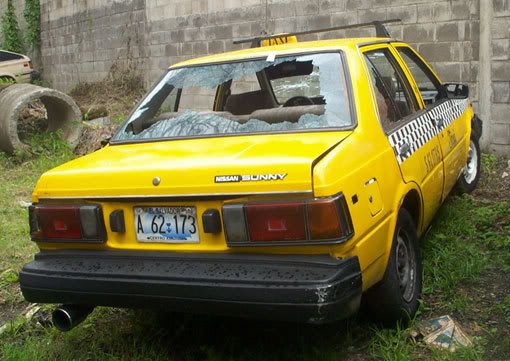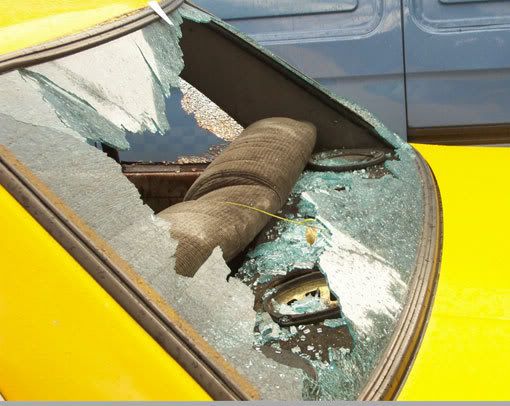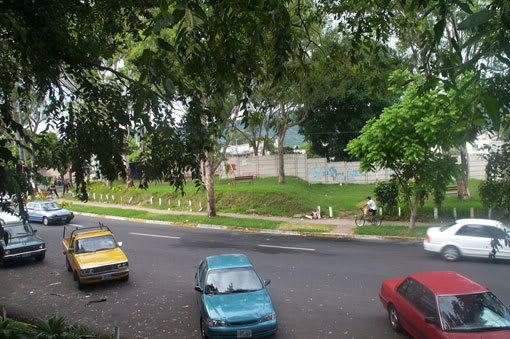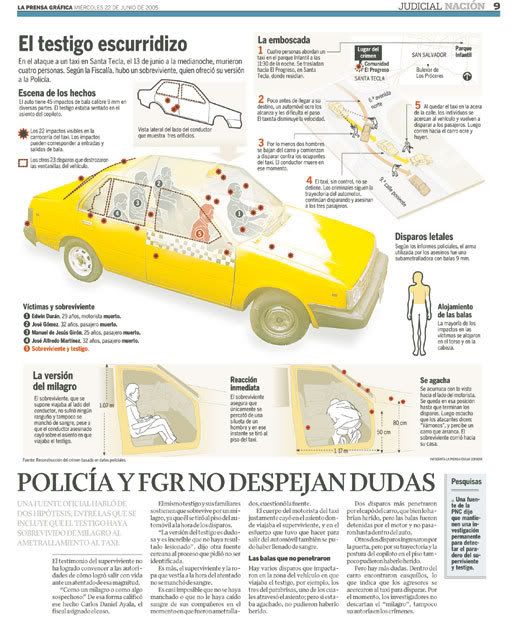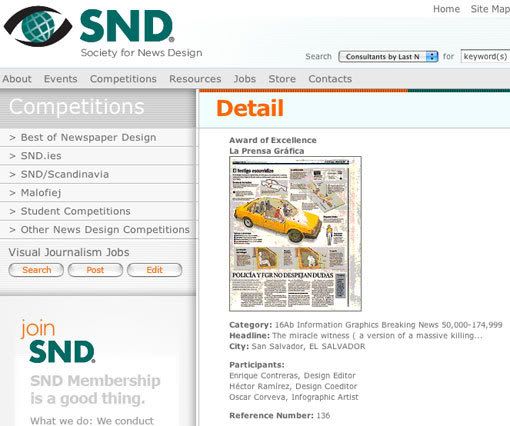South(and center)America is a great talent factory on the infographics field. One of the most productive plants is Peru, and teh most important newspaper of the conutry is El Comercio (Lima). One of its infographcis journalists,
Raúl Rodriguez, explains the process tehy followed on one of their last great graphics.
"Some weeks ago was released an exhibition at the Lima Cathedral about the conqueror of Peru Francisco Pizarro, whose corpse rests there. The exhibition focused on teh investigation by the Peruvian Anthropolgy Forensic Team, who has identified and examinated the body of this historic character. The team is well known on the country and Bosnia for different investigations.
Months before this,
the press department of the Lima Archbishopric contacted our department in order to know if there was a possibility of developing a graphic with the stuff they have over this matter . When we knew it, we all put faces of 'Are you kidding? Of course!'
When we watched the stuff and the way they worked we knew we must do a forensic graphic, as they started forkm the very beggining the examination of the corpse. First of all, they confirmed that it was a man, and then determined the age of the bodyparts.
Once they knew the gender, age and aproxiamted year of the death they tried to find the causes. The chronists of that age sorrounded this fact with many legends and many historians 'recreated' the circunstances of the death. I remeber a book talking about the sentences said by Pizarro when he was fighting for his life:
Imagination FC:5 – Real Facts Utd.: 0."
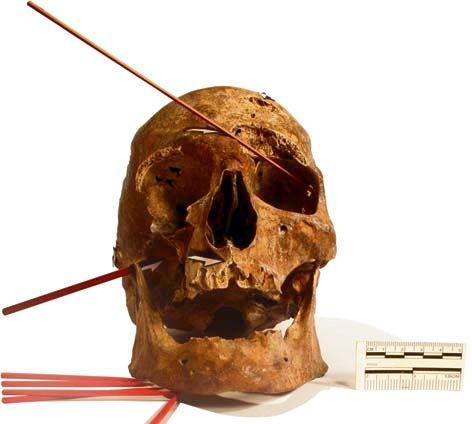
What called my attention the most was the skull. It shows many wounds that are coherent with the most difunded versions about Pizarro's death. They talk about a conspiration whose head was Diego de Almagro's son, his partner of the conquest, and who was betrayed by Pizarro on the ground deal. The skull shows many wound on the cervical vertebres, which denotes the great skills of the swordmen (many of them, as show the great amount of wounds) and the intention of cutting the head to put it on a spear."
When we had all the stuff I asked for the space we had for the infographic. We had a B&W page with an interview to Hernando de Orellana Pizarro, one of Pizarro's descendant and president of Obra Pía de los Pizarro Foundation, placed in Trujillo, Spain.
We had to deal with that circunstances and the main thing we had to explain was the known reasons of the death. So we used for that the small pieces that open the graphic. This helping pieces are very important on infographics,as in forensic sciences, because is good to start from teh very beggining- We have to assume that the reader is new to this data, and so we can reach everybody.
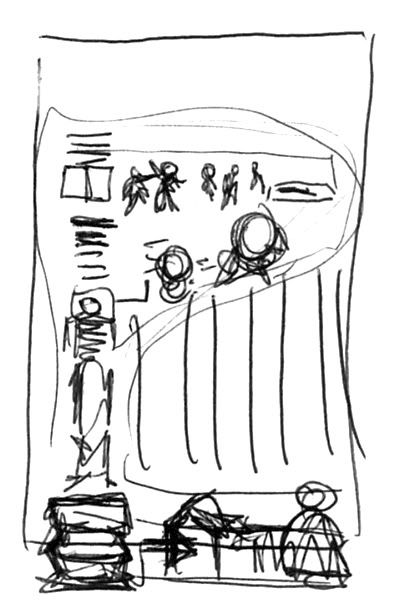
The structure (an inverted L) suggested by the page, conditioned how we had to tell the story (watch sketch). We started with a drawing of the head adn neck where we place the photos or teh damaged vertebres and then we analyze the skull and the wounds on it. The long piece of the L is used to fit the shape of the complete skeleton where other wounds and problems are placed."

Finally we explained where is Pizarro buried and used a photograph os his descendant, whose DNA will be studied. Past, present and future.
